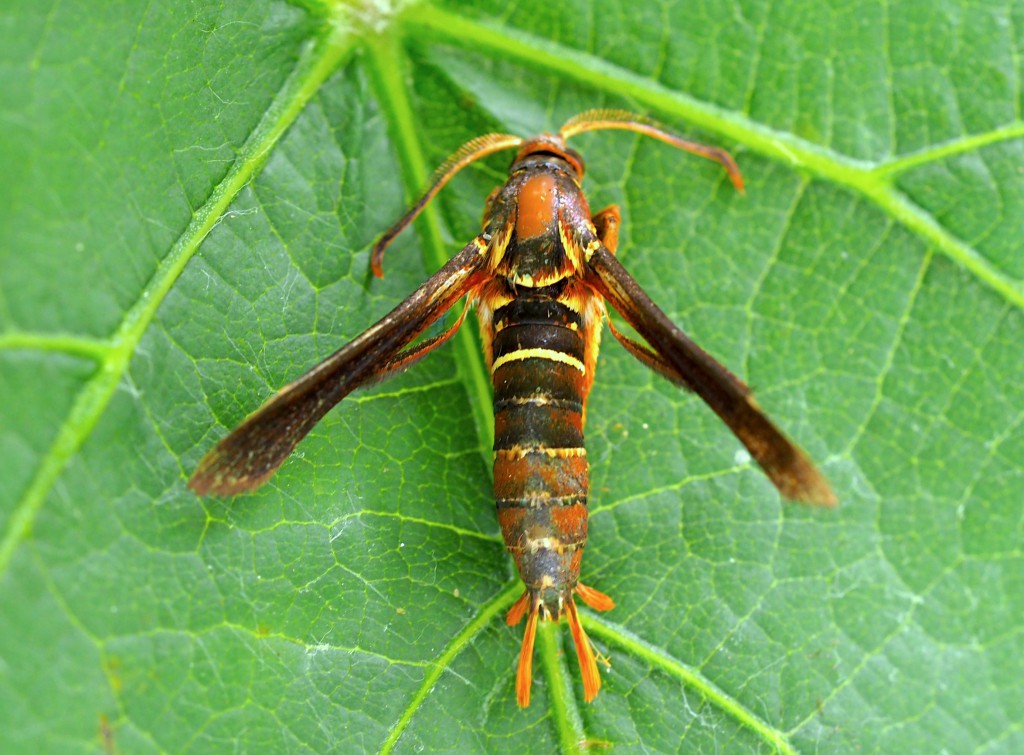
According to the UGA Extension Viticulture Blog, the grape root borer adults have been detected in north Georgia. Brett Blaauw, University of Georgia assistant professor in the Department of Entomology, confirmed that on Monday, they collected some adults in their pheromone traps in Lumpkin County, Georgia.
Adults have started to emerge from the soil, and for the next few weeks, the adults will mate, and the females will lay eggs at the base of vines. Producers with a history of grape root borer in their vineyards need to start monitoring for the pest and initiate management if necessary.
As the name implies, the grape root borer larvae feed on the roots. Blaauw said they have a two-year life cycle and will feed underground on the roots for almost 22 months. Unfortunately, it is out of sight, out of mind for many grape producers. Being underground, the borers go unnoticed until the vine begins to deteriorate.
In terms of management, since the adults are now emerging, it is too late in the season to apply dispensers for mating disruption. Chemical management is our key option. Currently, the only insecticide registered for control of grape root borer is Lorsban 4E (chlorpyrifos), which is applied as a coarse spray to the base of vines to kill adults as they exit the soil and newly hatched larvae before they attack the vine. However, Lorsban should not be made within 35 days of harvest.
The first signs of infestation are yellowing and wilting of leaves with loss of plant vigor and reduced production. This will lead to reduced shoot growth over time, including smaller leaves and berries, loss of vigor and reduced yields.









